Pre-Monsoon Checklist For PEB Buildings

Effective Pre-Monsoon Checklist For PEB Buildings
Each year, the monsoon season causes devastation in many regions of the nation, particularly its infrastructure. The majority of the buildings and structures in India today are constructed using outdated methods, which make them prone to the damaging impacts of intense winds and rain. Damage to these traditional constructions, such as water seepage and structural weakness during the monsoon season, results in significant maintenance expenses every year.
The greatest method to reduce the threats that the monsoon brings to infrastructure is to implement PEB buildings. These contemporary buildings are well-designed and strong enough to withstand all of India's weather extremes, including the monsoons.
Pre-engineered Buildings (PEBs) must be ready for the impending monsoon season to survive the intense winds and rain. Your structures' longevity and safety may be guaranteed with regular inspections and proper maintenance. We at Pressmach have created a thorough pre-monsoon checklist to assist you in preparing, as we are aware of the special requirements of PEB buildings. Before that, here are some benefits of PEB structures over traditional construction during monsoon.
Advantages Of PEB Structures During Monsoon
PEB buildings are far more beneficial than typical construction techniques when it comes to fighting the monsoon. For this reason, areas that experience high winds and rain are better suited for a PEB Building or any other type of prefabricated structure.
- Durability: PEB buildings are designed to withstand a wide range of weather circumstances. They are resistant to all types of weather, including intense heat, freezing temperatures, strong winds, and heavy rain. The structures are guaranteed to be corrosion-resistant due to the application of protective coatings and galvanized steel.
- Fast Installation: Compared to traditional buildings, pre-engineered structures are built far more quickly. Furthermore, with PEB Manufacturers you can count on quick on-site component assembly and little material exposure to unfavorable weather conditions.
- Cost-Effectiveness: Because the structure is manufactured with accuracy, there is less material waste throughout the building process. In addition, PEB Warehouse Buildings require significantly less upkeep than warehouses in the old-fashioned way.
- Customization and Flexibility: PEB Buildings and structures are flexible enough to adapt to different geographic situations and can be tailored to fit the unique needs of the business, depending on the requirements.
- Eco-Friendly: It should be noted that because PEB construction allows for a large amount of material to be recycled, it is a more environmentally sustainable alternative than traditional methods. There is less of a carbon footprint because the manufacturing takes place in a controlled environment.
Monsoon-safety Tips for PEB Structures
Preparing PEB buildings to be monsoon-ready is crucial to ensure their durability and safety during heavy rains. Make sure your PEB structures are monsoon-ready with the following steps.
Examine the Roofing structure
- Inspect for Damages and Leaks: Look for any indications of damage or leaks on the roof. Examine any areas that may have developed holes over time, rust, or corrosion. Timely repairs can stop water from leaking into the structure.
- Clean Gutters and Downspouts: Make sure that there are no obstructions, leaves, or other debris in the gutters or downspouts. In order to prevent water buildup and possible damage to the walls and roof, proper drainage is essential.
Verify Structural Stability
- Examine the fasteners and bolts: Inspect every bolt, nut, and fastener for rust or indications of loosening. To ensure structural integrity, replace and tighten as needed.
- Examine the Steel Framework: Check the steel framework for rust or evidence of wear and tear. Rust areas should be treated right away to stop additional corrosion and structural deterioration.
Confirm Proper Drainage
- Ground Drainage: Make sure the surrounding terrain slopes away from the building's foundation. Water that collects around the base and damages the foundation can be avoided with proper ground drainage.
- Internal Drains: Examine and confirm that internal drains are operating properly. In order to stop water from backing up within the building, all obstructions should be removed.
Examine the Electrical Systems
- Electrical panels that are secure: Make certain that every electrical panel and piece of equipment is sufficiently shielded from exposure to water. The mix of water and electricity can be hazardous, thus adequate insulation is crucial.
- Backup Power: Verify that the systems in place for backup power, such as generators, are operational. During strong storms, power outages are frequent, so having a dependable backup system can keep business operations operating efficiently.
Keep Windows and Doors in Good Condition
- Seal Doors and Windows: Check that all of the windows and doors are properly sealed. To stop water from seeping in, plug any holes or fractures.
- Examine the Hardware for Function: Make sure that all of the handles, locks, and hinges are in good operating order. Weather resistance and security of the building are maintained with the help of functional hardware.
Do a Ventilation System Test
- Dust the ducts and vents: To guarantee appropriate airflow, clean all vents and ducts. Mold and mildew can grow within a building as a result of moisture buildup brought on by blocked airflow.
- Examine Vent Covers: Make sure vent covers are tight and undamaged. Vents that are operating properly contribute to maintaining air quality and avoiding problems with moisture.
Assess Readiness for Emergencies
- Revise Emergency Procedures: Examine and revise your preparations for emergency preparedness. Make sure that everyone on the team knows what to do in the event of extreme weather.
- Keep Emergency Supplies on Hand: Maintain a sufficient stock of first-aid kits, tarps, and sandbags for emergencies. Being ready for everything can help minimize harm and guarantee security in unforeseen circumstances.
Conclusion
PEB manufacturers, such as Pressmach, provide businesses with the finest option for protecting their operations during the monsoon season by producing strong, long-lasting structures that need less time to construct and ultimately save money.
By taking the time to complete these pre-monsoon inspections, you can avoid major headaches and costs later on. Our goal at Pressmach is to deliver durable PEB solutions that withstand weather and time. Please get in touch with us if you need help with pre-monsoon arrangements. To assist make sure your building is prepared for the monsoon season, our team of professionals is here.
Your Requirements
Related
Blogs


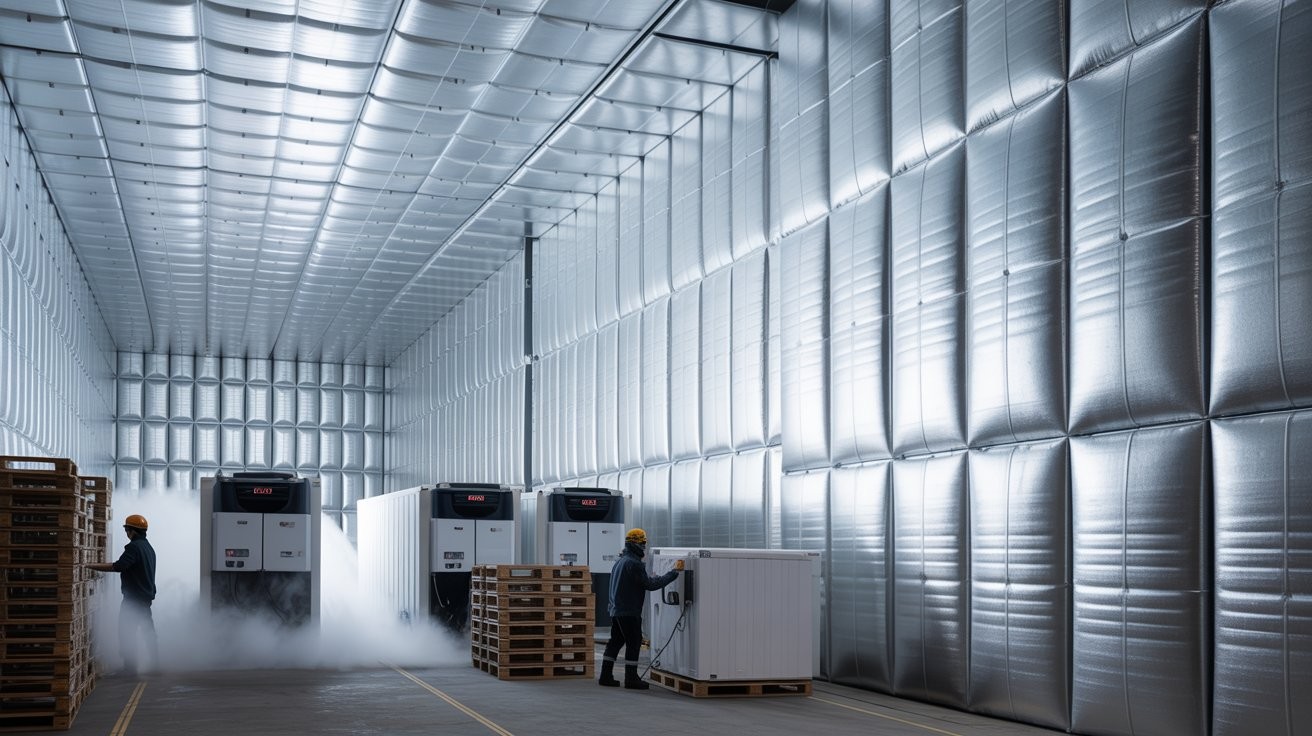
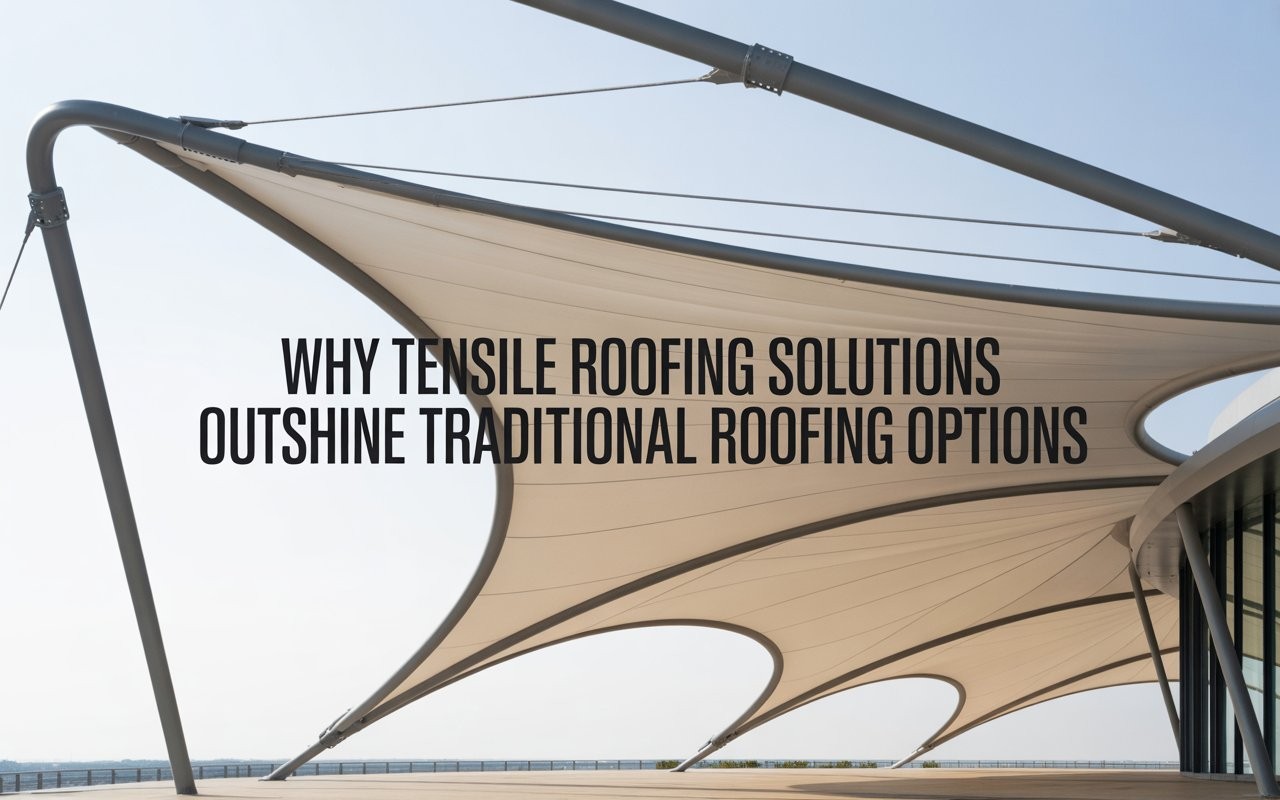

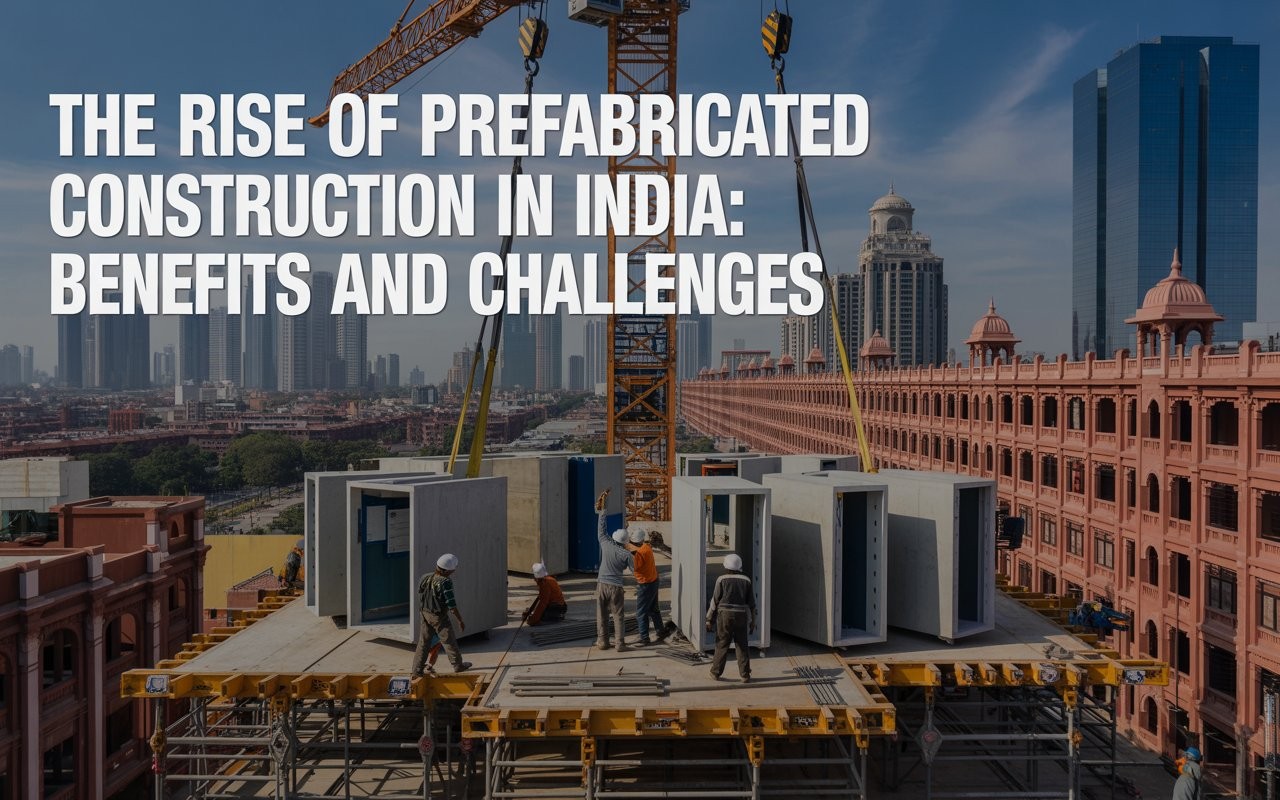
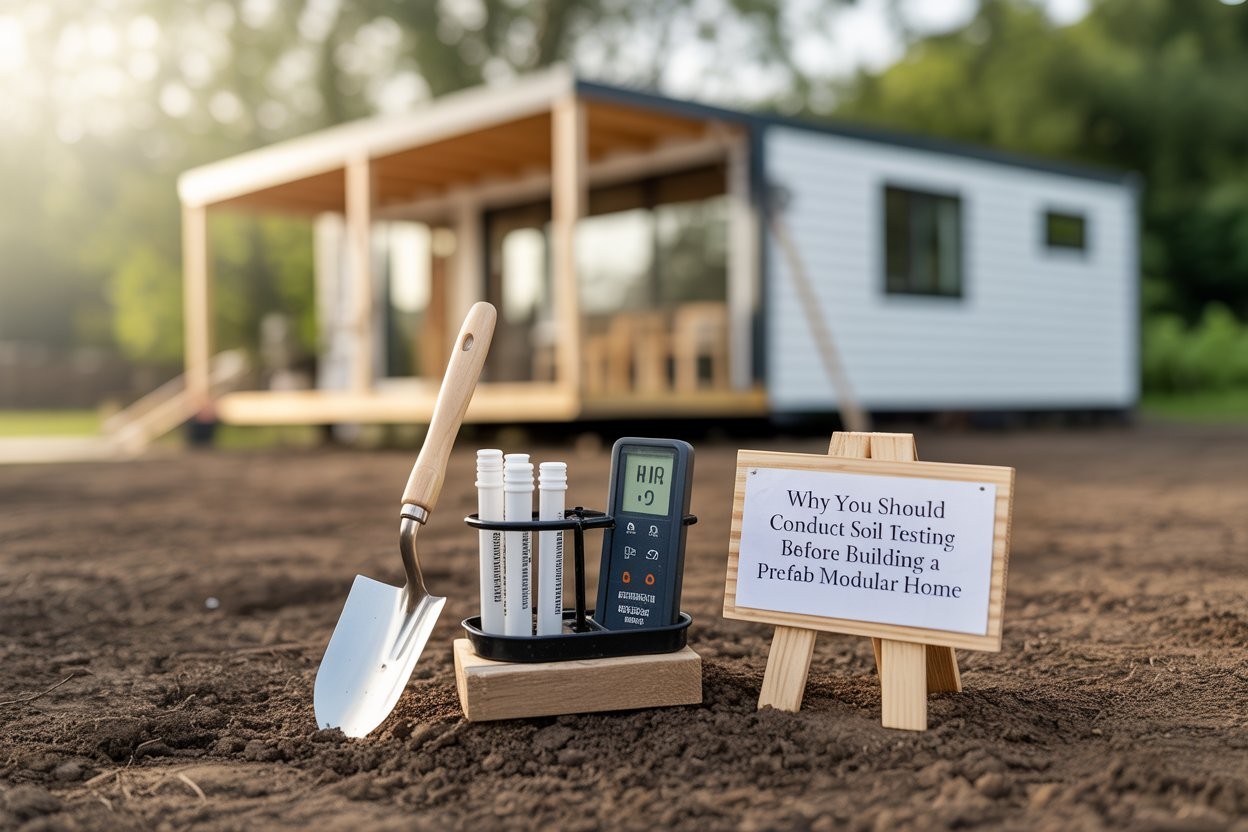
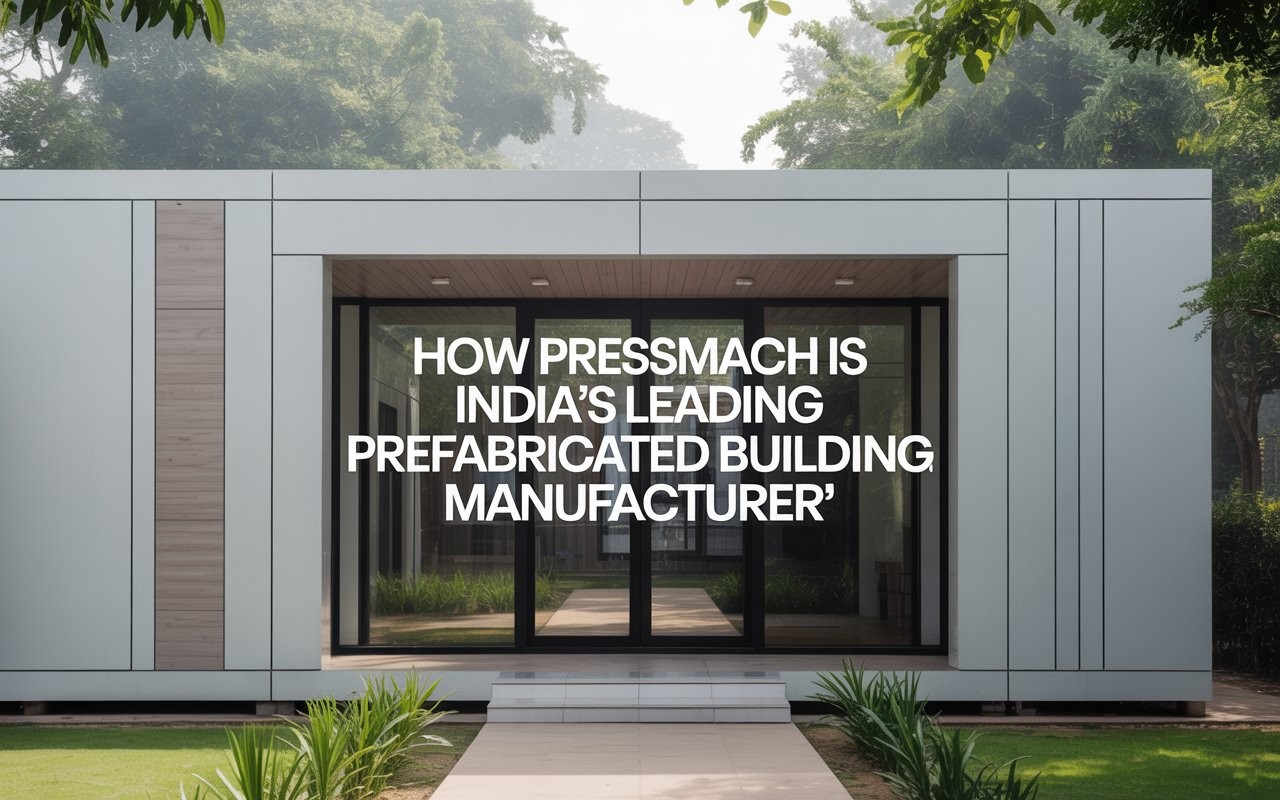
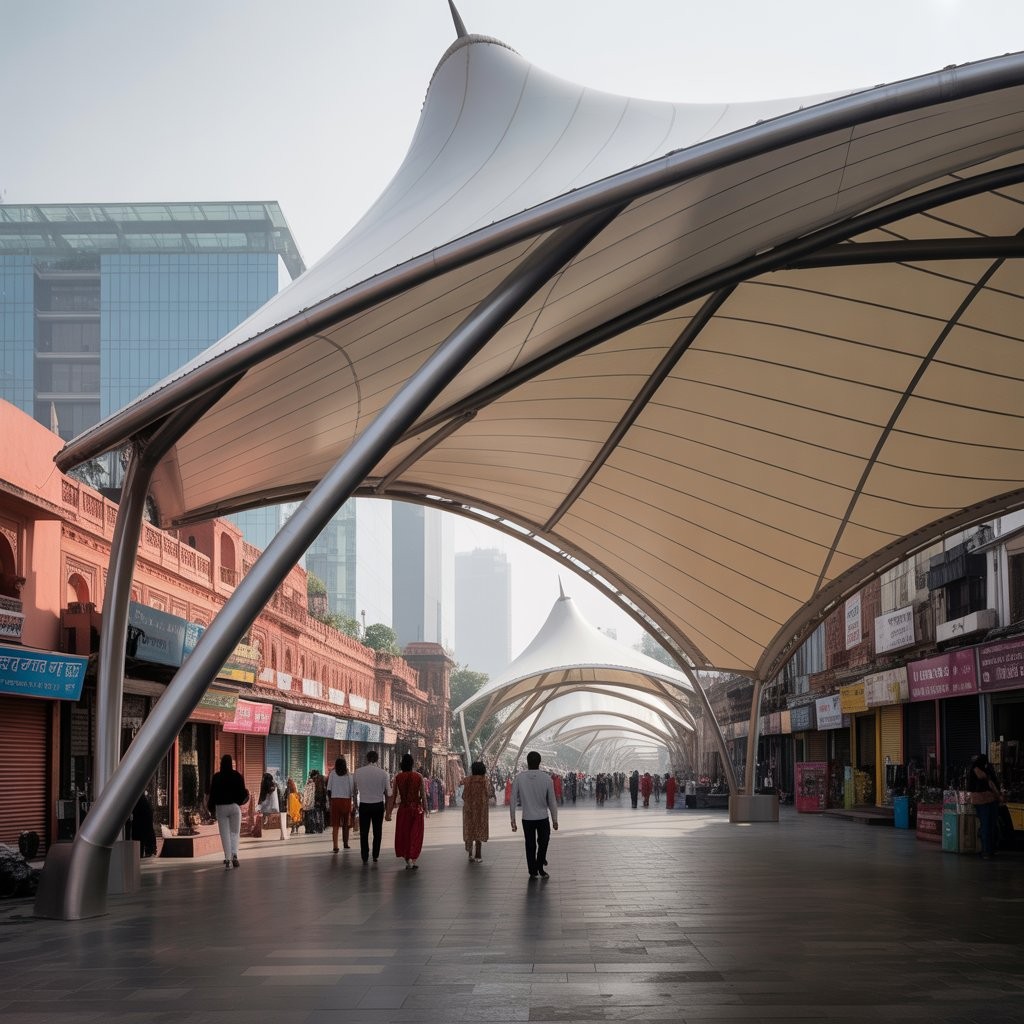
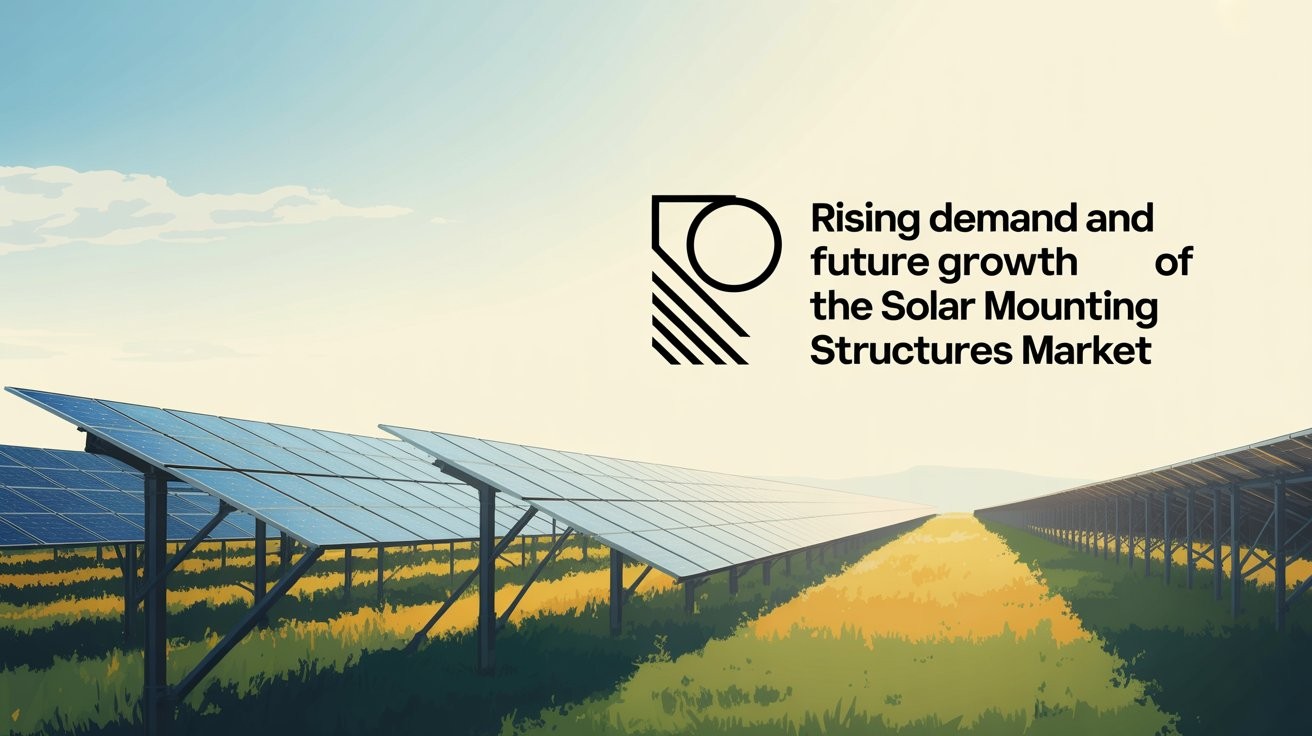
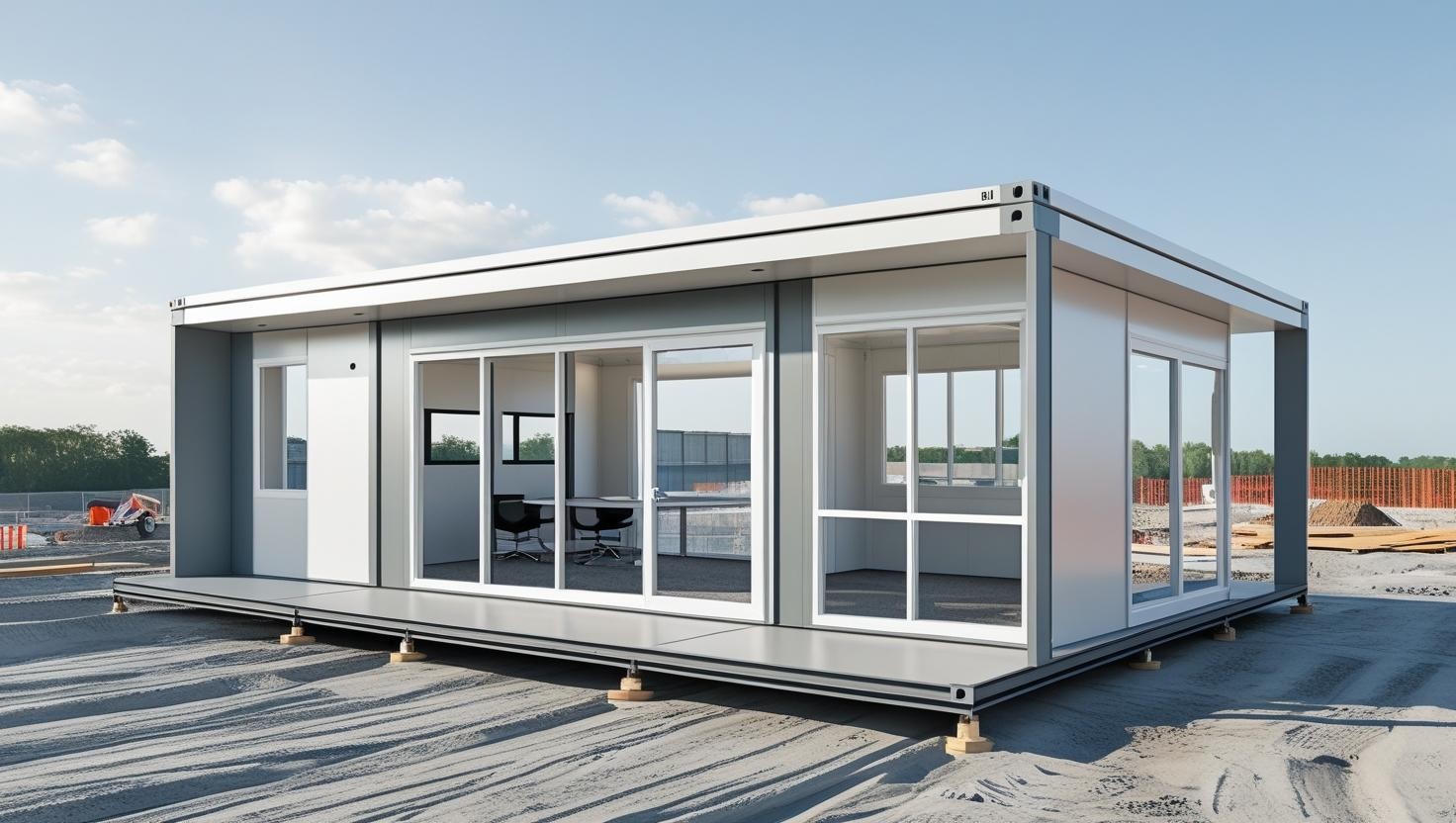
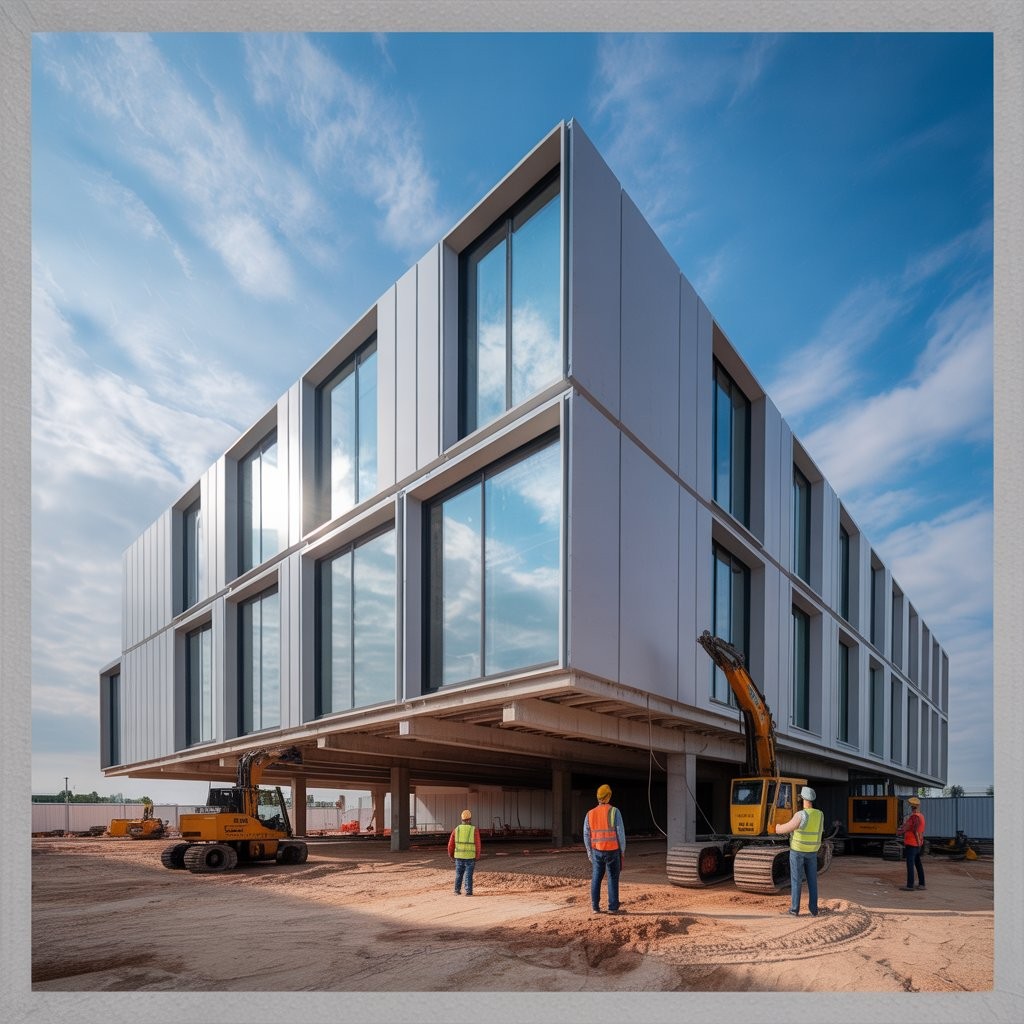










6790c3d8f29a2.jpeg)
























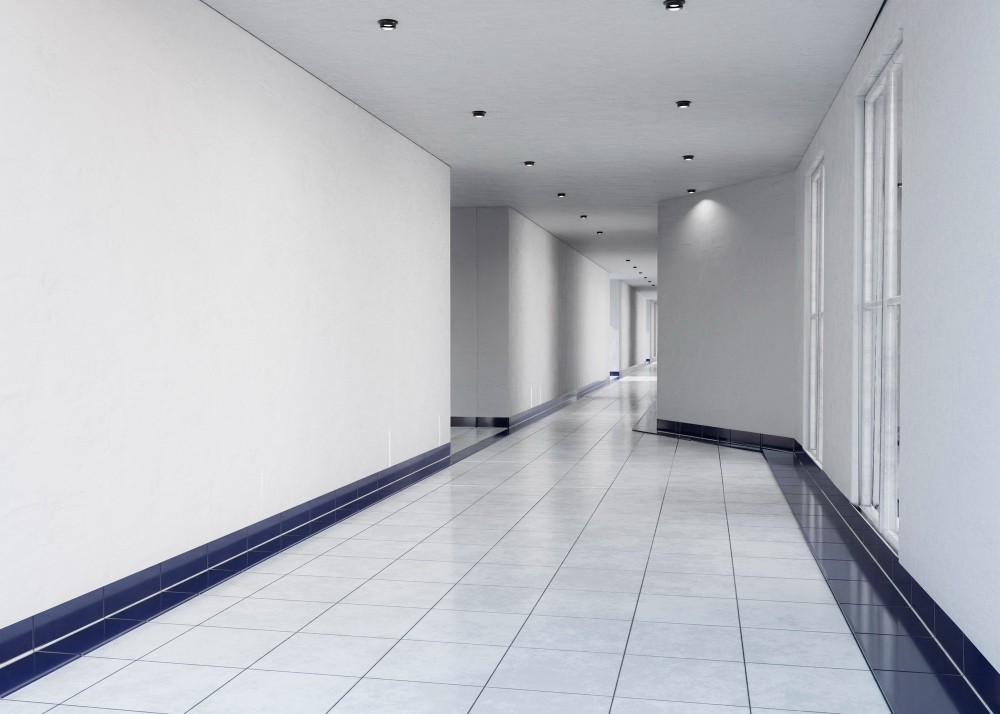
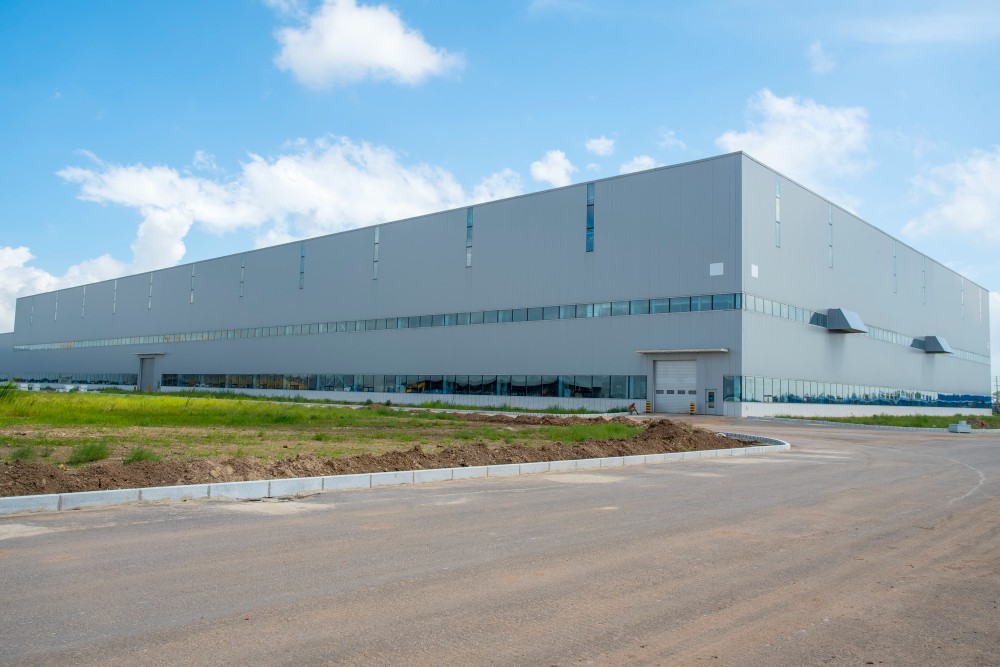

65cf4d38697f9.webp)

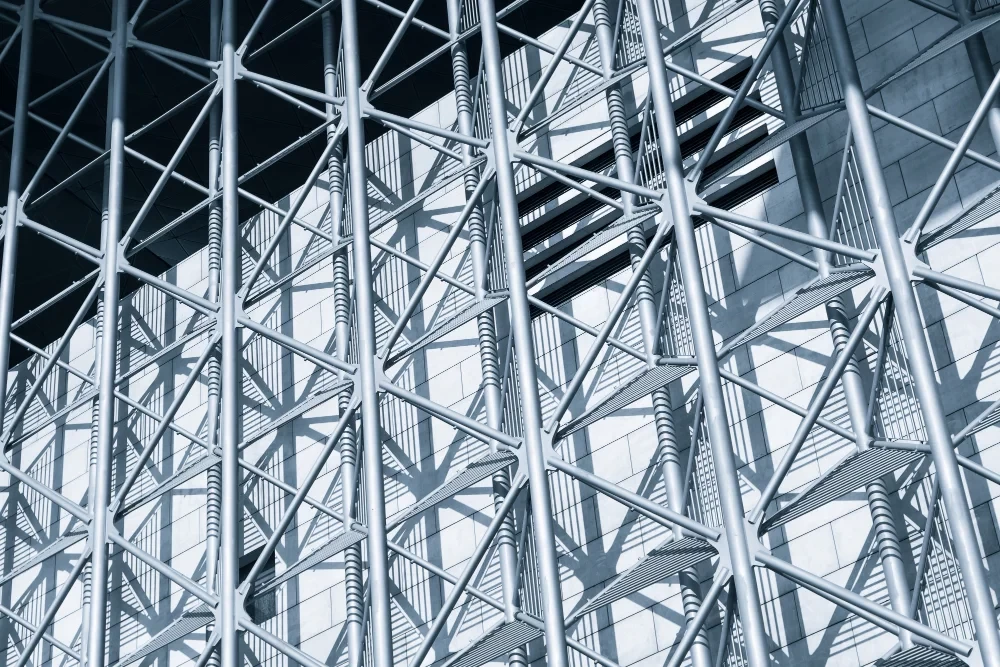
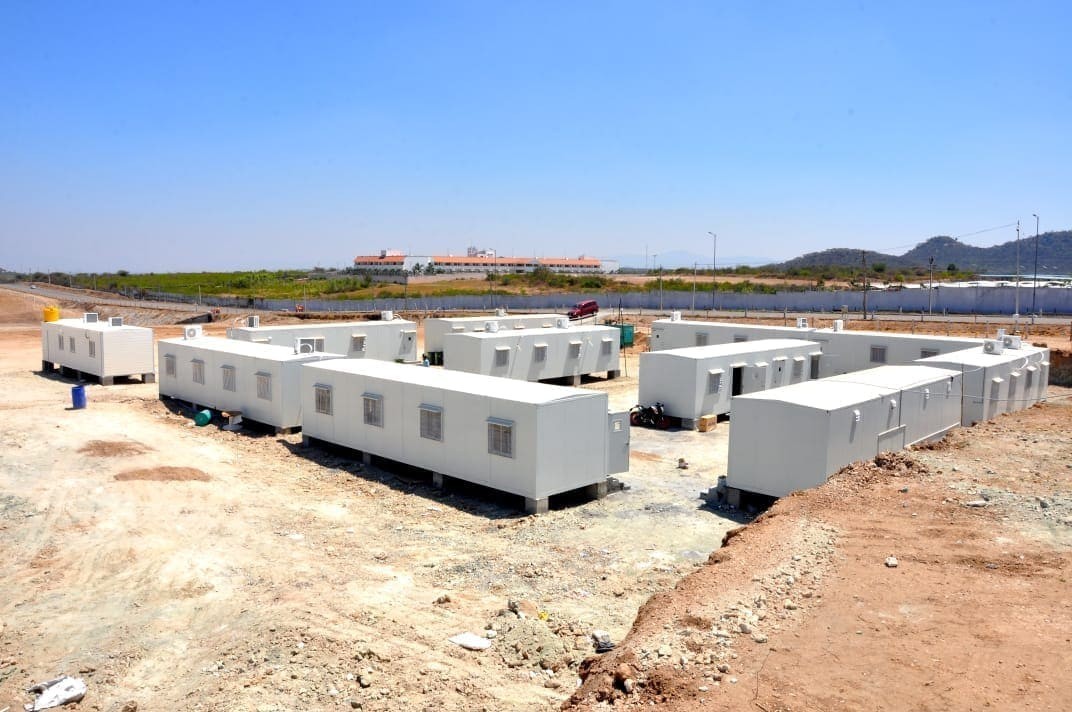
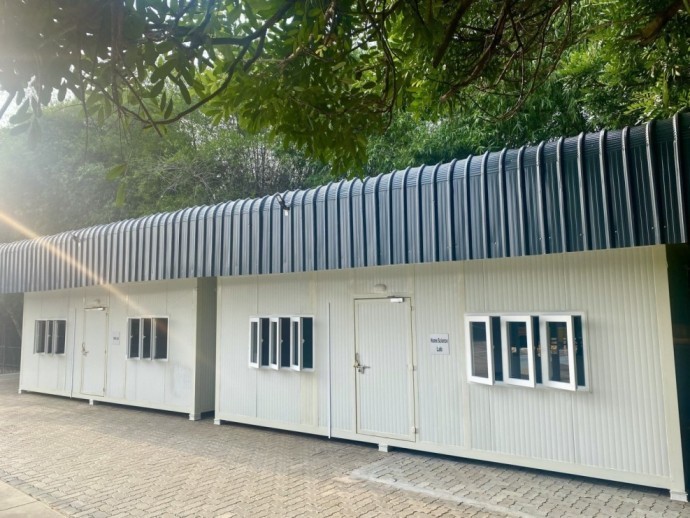

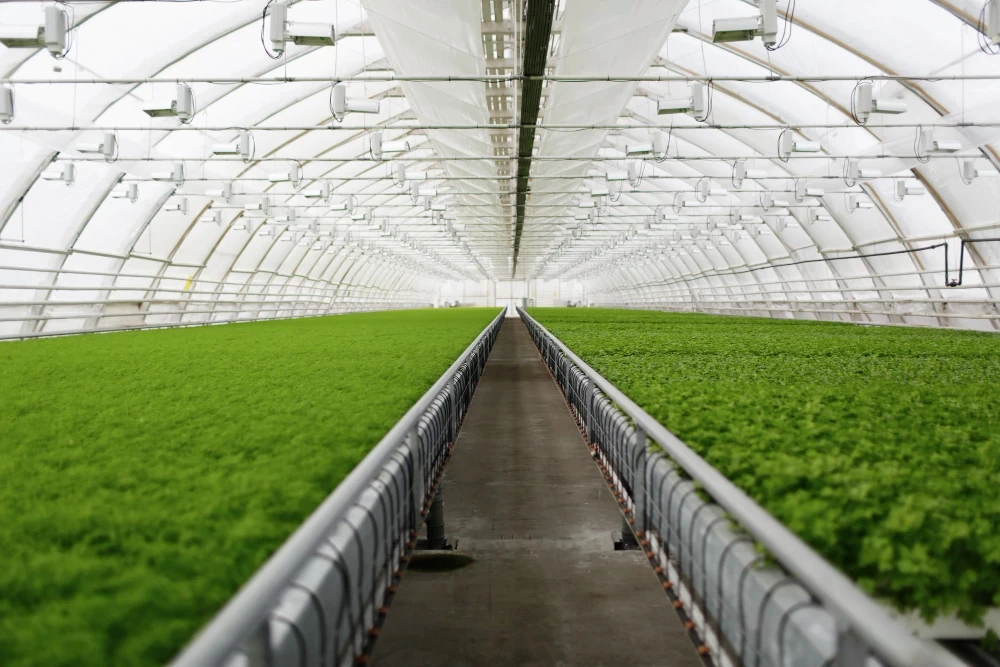
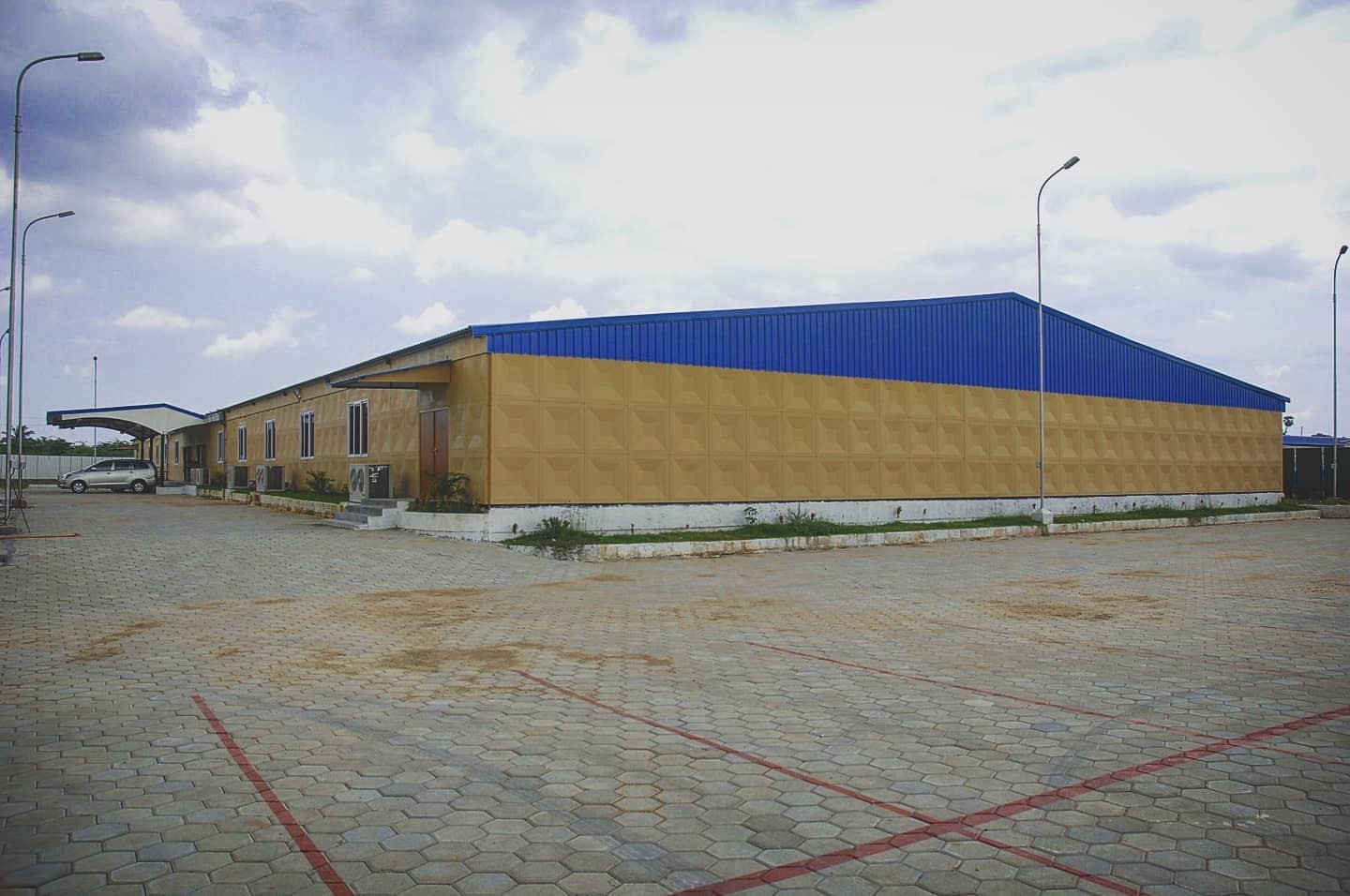
65cf65f046eed.webp)

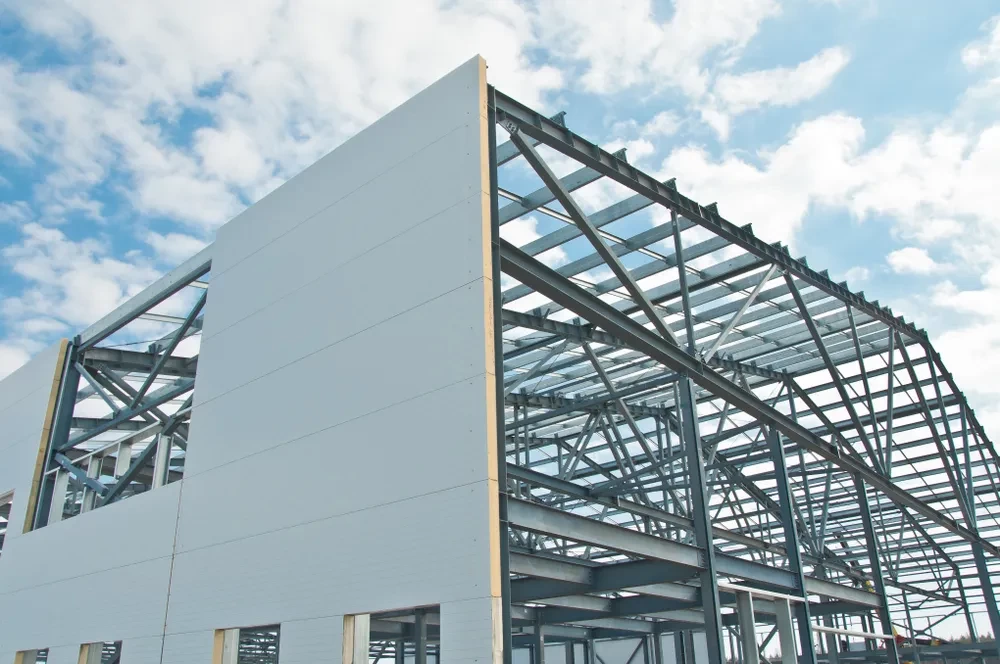
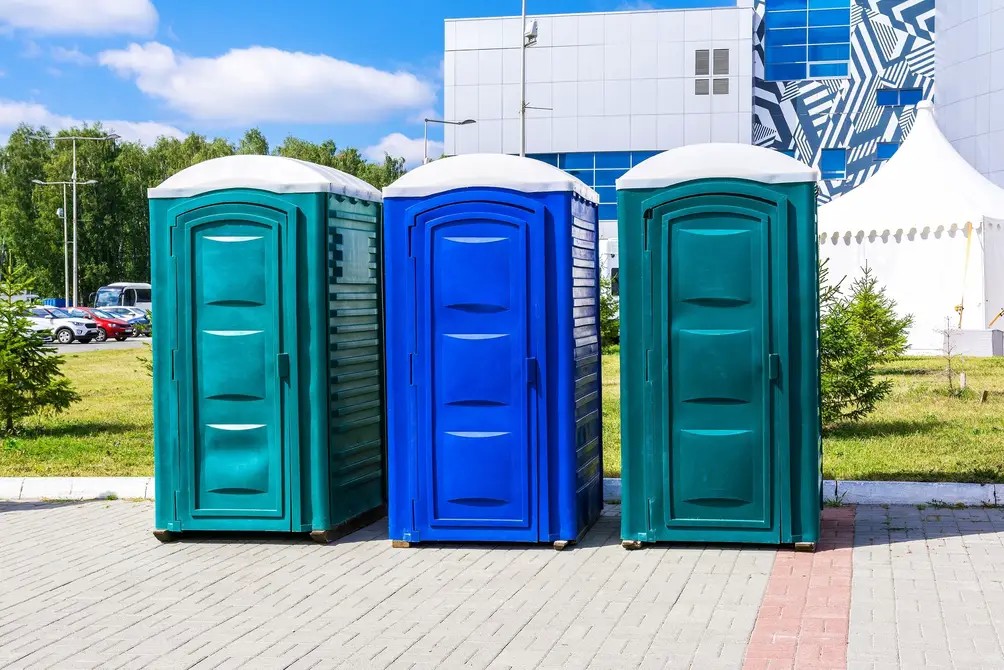
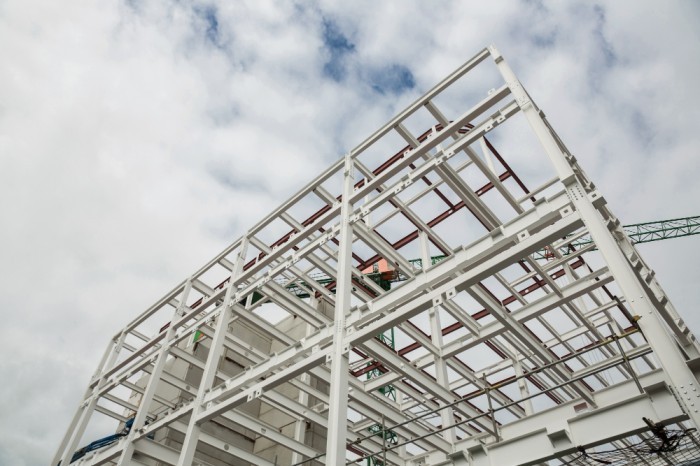
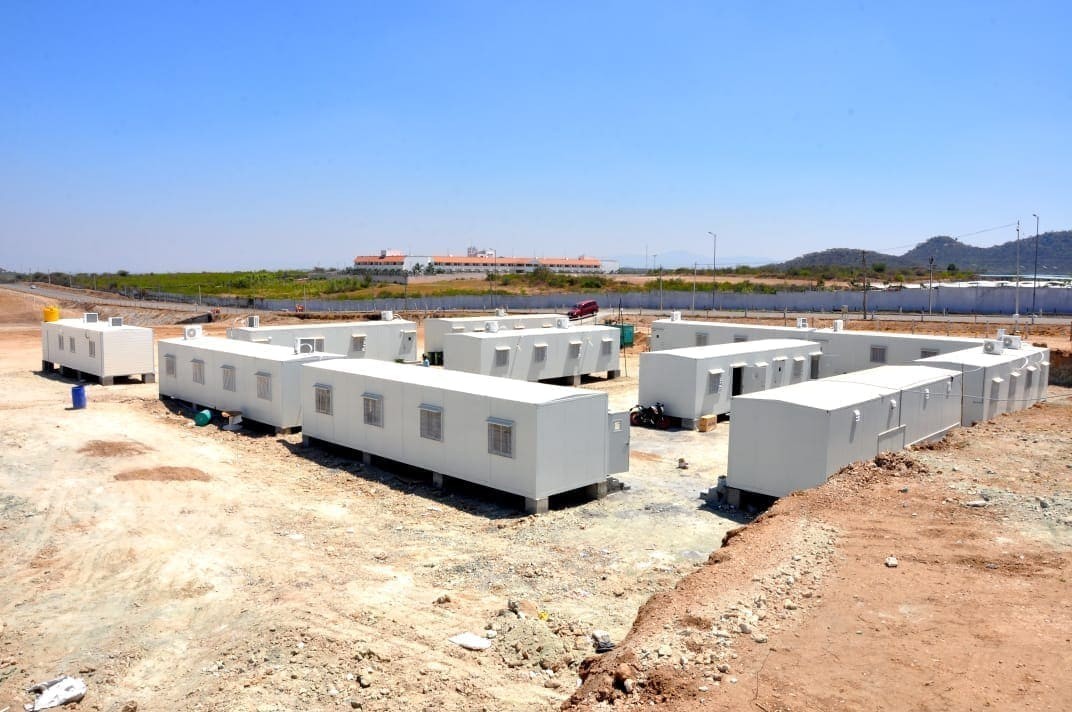
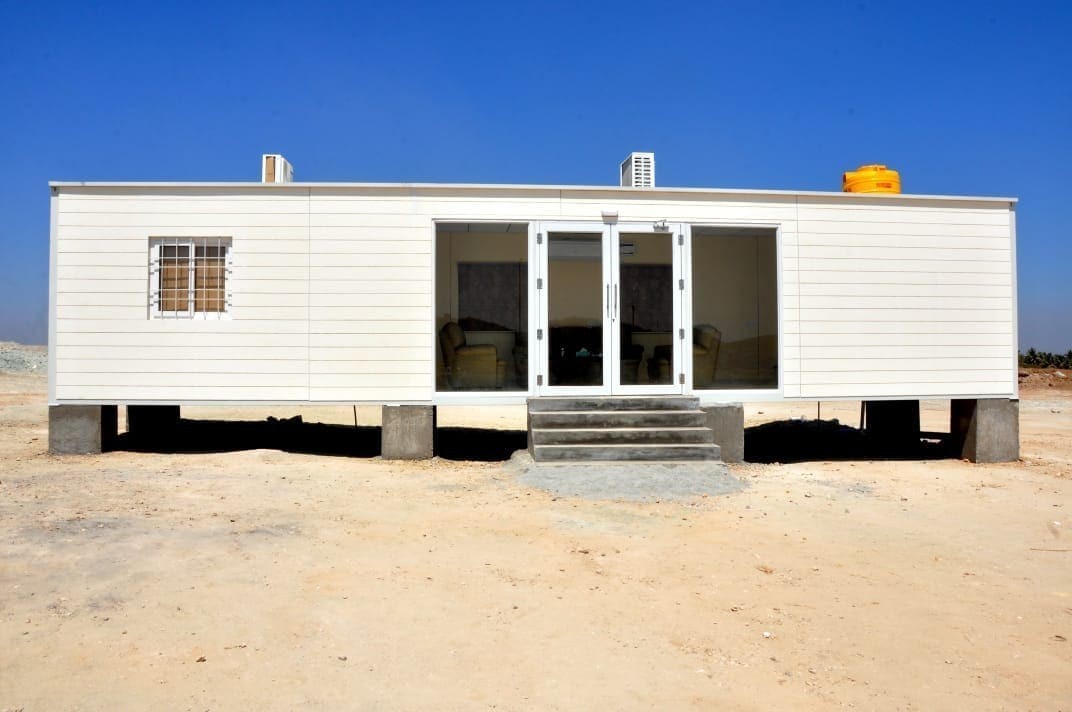
64afe3444467b.jpeg)
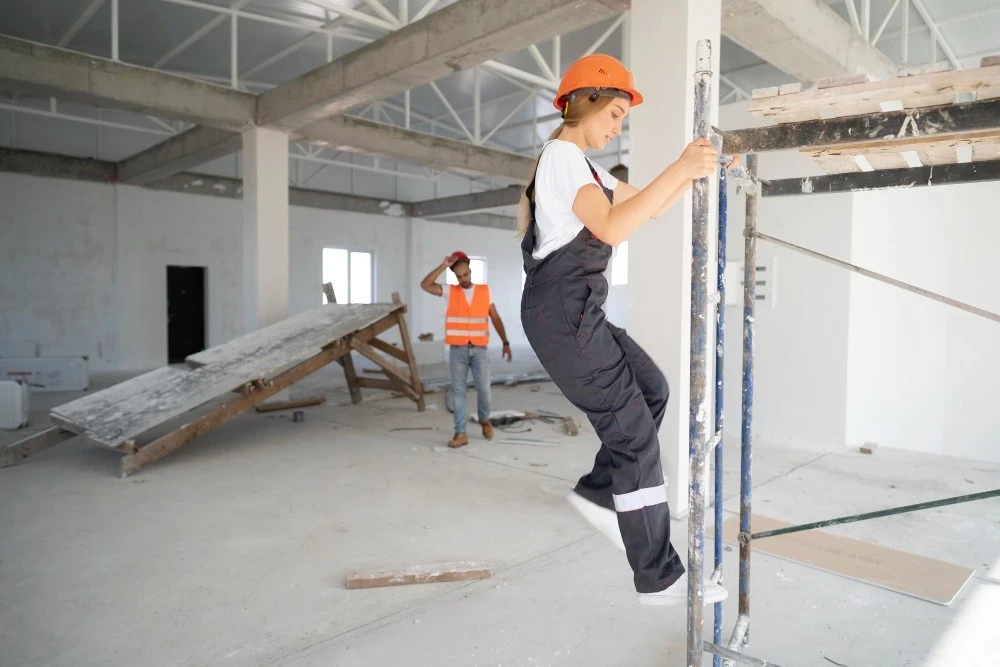
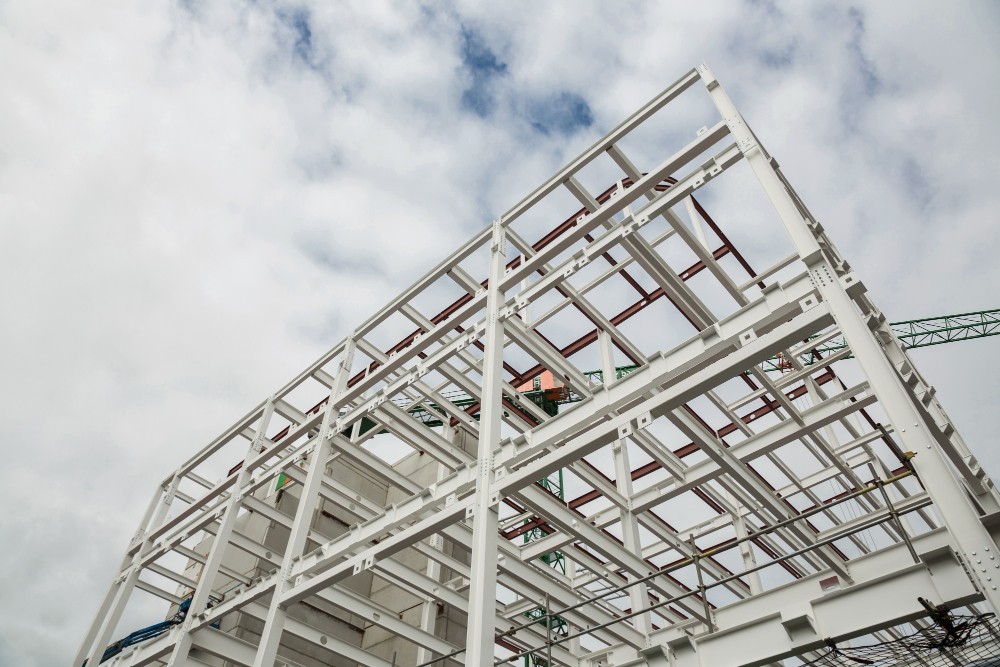
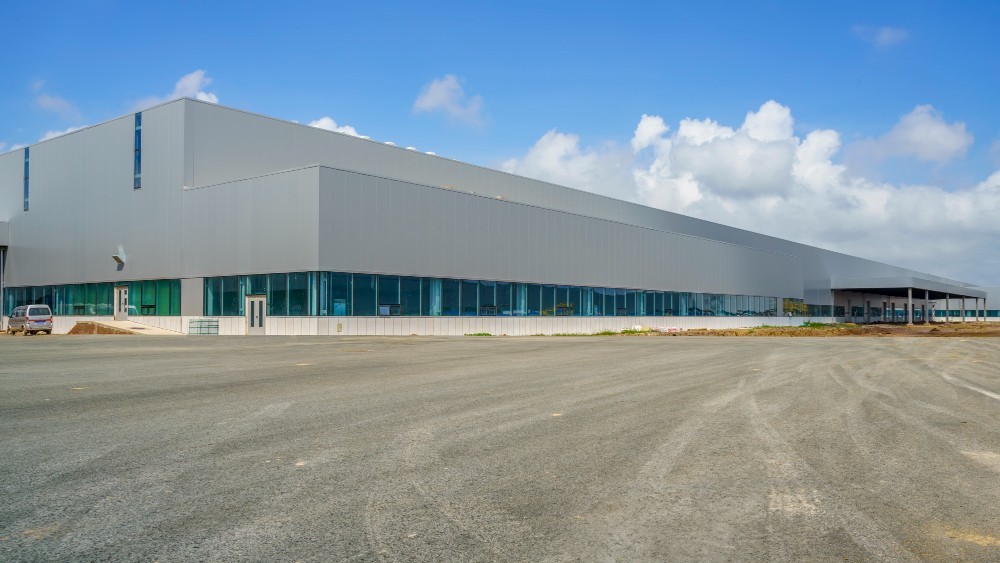
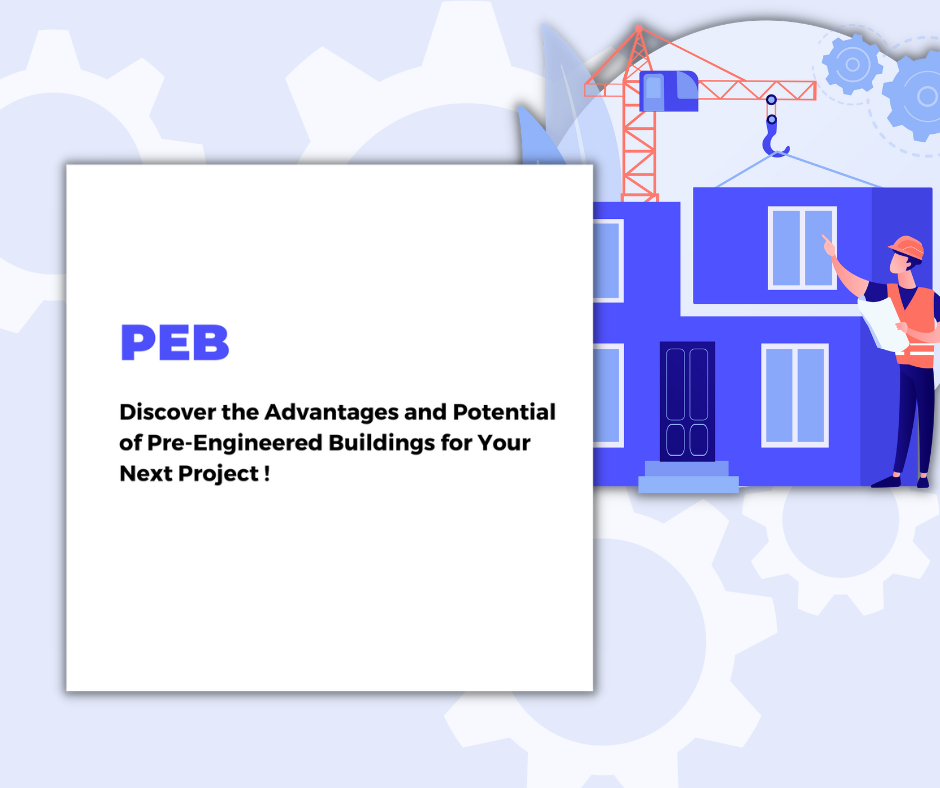
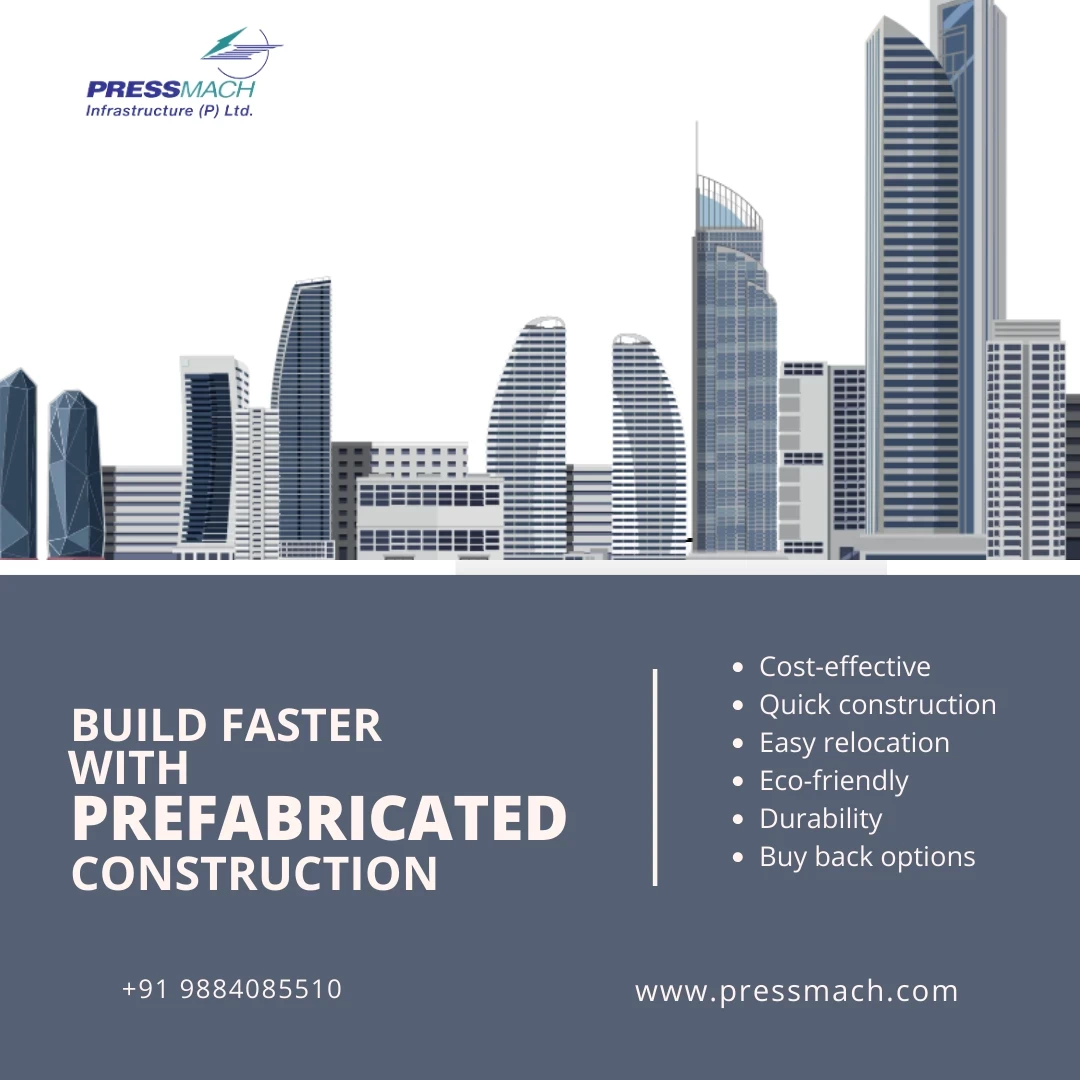
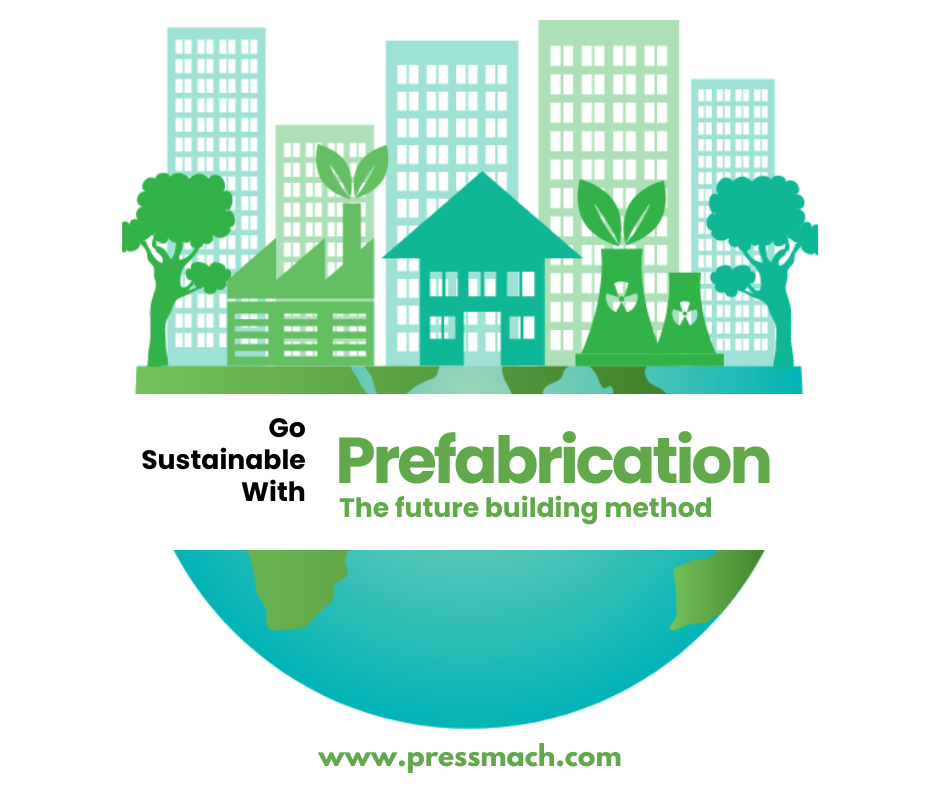
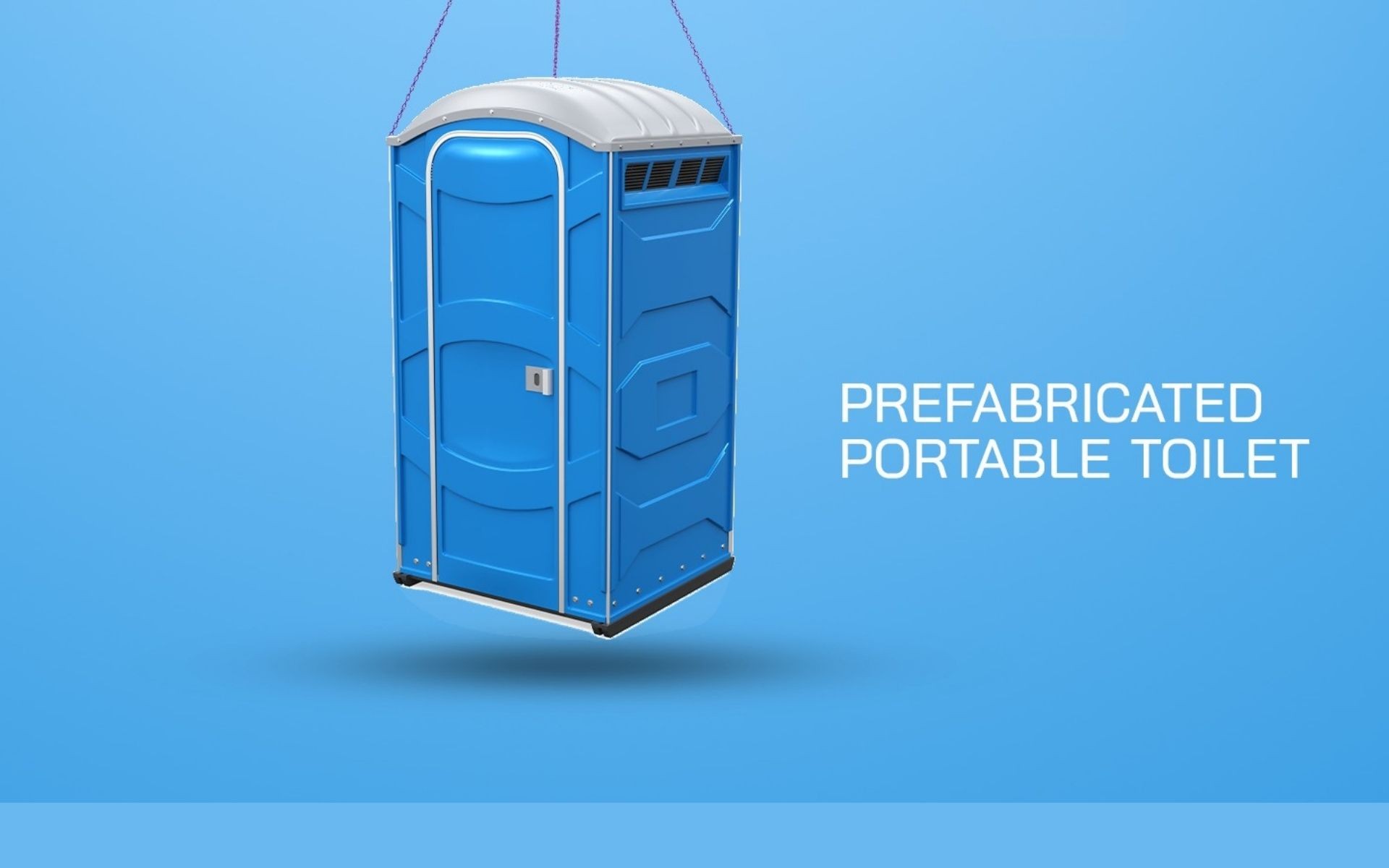

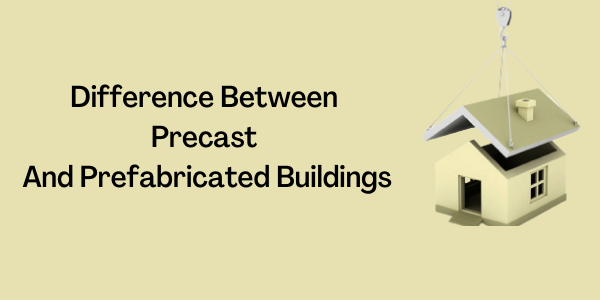
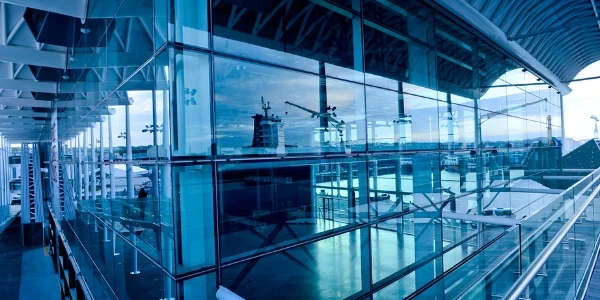

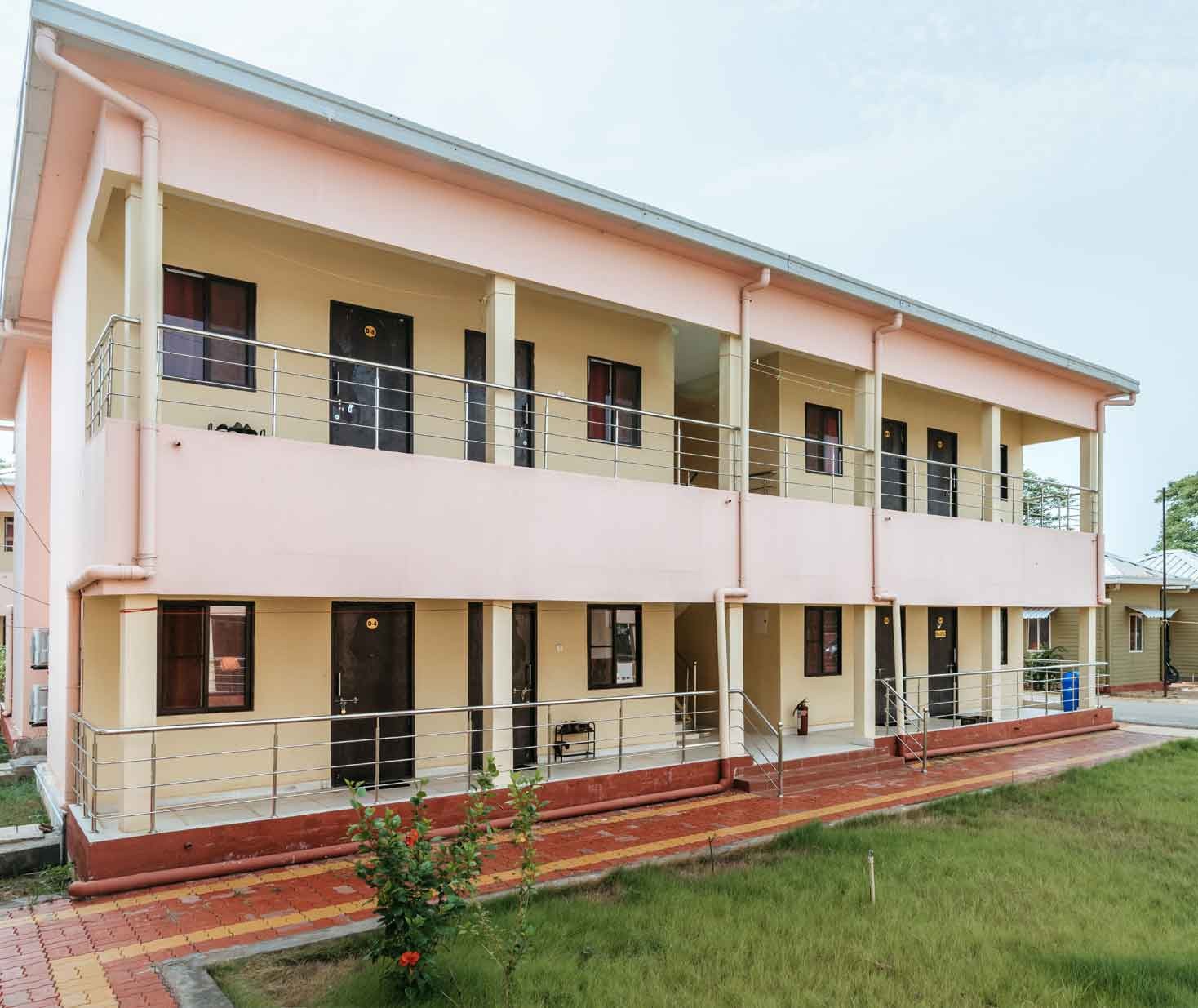
 site office front view622f00119ba65.jpg)

6349487807893.jpeg)